This issue records the latest news and shareable content about Zephyr, published in the last week of each month.
This magazine is open source (GitHub: lgl88911/Zephyr_Fans_Monthly[1]), and contributions, issue submissions, or recommendations for Zephyr content are welcome.
Project Data

Excluding merges, 367 authors pushed 1,770 commits to the main branch and 1,884 commits to all branches. A total of 4,869 files changed in the main branch, with 164,915 lines added and 45,069 lines deleted.
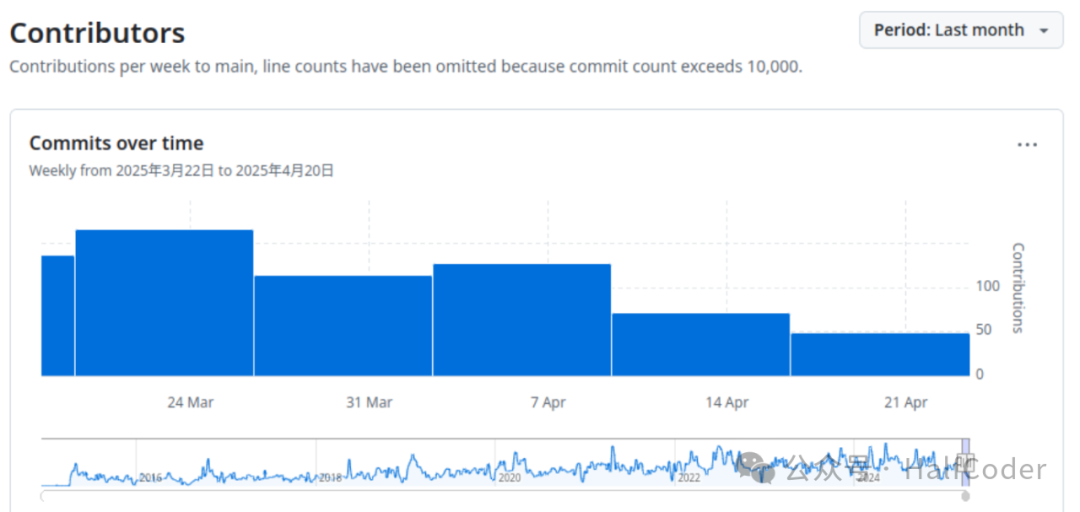
Recent Developments:
- Next-generation USB in 4.2.0[2]
- Long-term plan for unified prefix public API[3]
- Adding DALI driver to Zephyr[4]
- Adding support for Renesas devices with renesas_elc driver[5]
- Deprecating blocking read sensor API[6]
- Adding Silicon Labs packet tracking interface driver[7]
- Renesas RX Zephyr architecture support[8]
- HWM2: Extending to include SiP support[9]
Zephyr Architecture Dashboard[10]
News & Events
1. Highlights from the 2025 Zephyr Meetup in Shanghai[11]
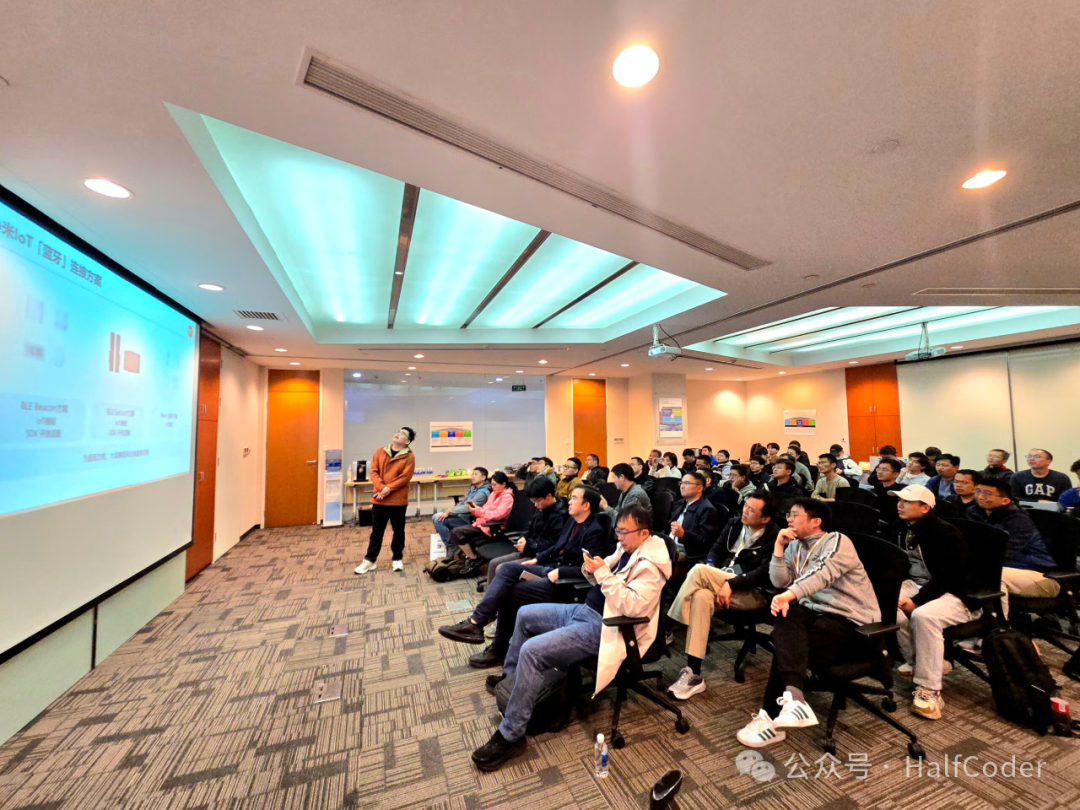
On March 28, 2025, the Zephyr project held its first developer meetup in Shanghai at the NXP Semiconductor campus. The event focused on Bluetooth protocol stack applications, NXP edge computing support, and ZVM virtualization technology, covering Xiaomi IoT ecosystem practices, localization cooperation with automotive companies, and innovations from universities, promoting community co-construction through technical sharing and open communication, with plans to expand activities in China in the future.
2. Zephyr Project event information at Linaro Connect 2025[12]
From May 14-16, 2025, the Zephyr Project will share progress on the open-source real-time operating system at Linaro Connect (Lisbon), focusing on Rust language integration, security certification, and embedded development practices, facilitating deep exchanges between developers and industry leaders to promote technological innovation.
3. 2025 North America Open Source Summit Zephyr project schedule[13]
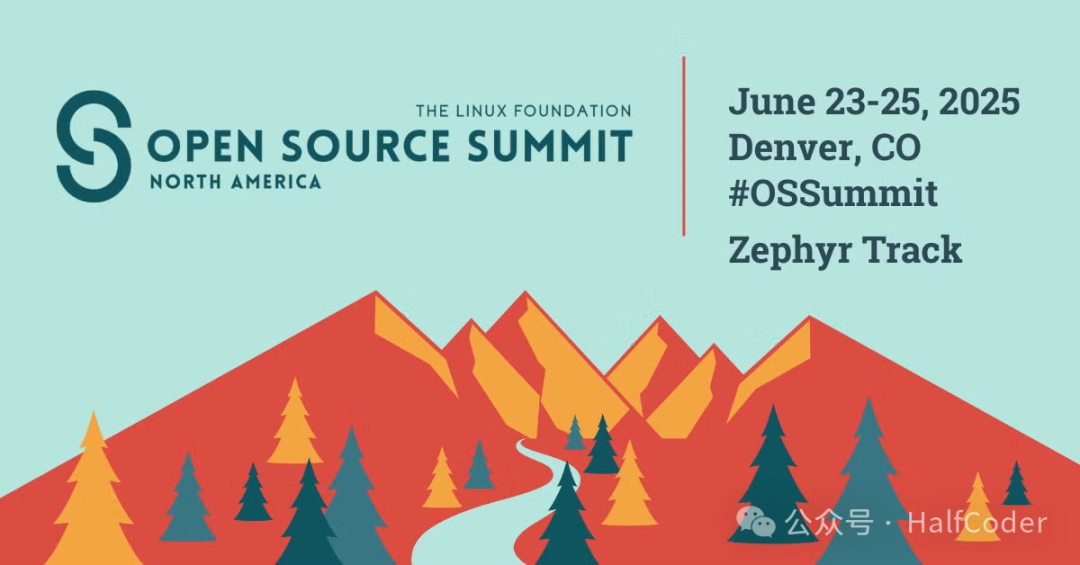
The conference focuses on embedded development, covering cutting-edge technologies of Zephyr RTOS: – June 23: Discussing collaborative development of Rust and Zephyr (Linaro), open-source health device practices (Protocentral), LoRaWAN firmware over-the-air updates (Zylum), real-time I/O (RTIO) optimization (Croxel), and system performance tuning strategies (Beningo Embedded). – June 24: Covering the entire process of edge AI/MLOps (Edge Impulse), lightweight AI subsystem experiments (IMEC), Yocto build FPGA solutions (AMD), hardware simulation toolchains (QEMU/BabbleSim), and practical guides for West tools (AC6). Highlights include low-power design, cross-platform development, real-time optimization, and open-source ecosystem integration, helping developers improve efficiency and expand application scenarios.
4. [Zephyr Weekly Update Resumes Normal]
The Zephyr Weekly Update blog has started to normalize, introducing recent key changes in Zephyr, helping you quickly understand the latest changes and features introduced in Zephyr.
- 3.28[14]
- 4.11[15]
- 4.18[16]
Abstracts & Opinions
1. Generating AutoML-based models for the Zephyr platform under the Kenning framework[17]
Antmicro, in collaboration with ADI, has introduced an AutoML module in the Kenning framework, generating customized AI models for the Zephyr platform (such as the MAX32690 MCU) through automated model architecture search and hyperparameter optimization. This tool simplifies the embedded development process by combining the SMAC algorithm and hardware-aware training, and verifies model performance through Renode simulation, significantly lowering the barrier for deploying AI on resource-constrained devices.
2. Testing NXP S32K automotive general-purpose microcontroller with Zephyr RTOS in the Renode simulator[18]
Antmicro has expanded the Renode simulation platform to support the NXP S32K388 automotive MCU, adding peripheral models such as FlexCAN and FlexIO, and verified the compatibility of Zephyr RTOS in multi-core scenarios. Through automated testing (such as CAN communication and Ethernet transmission), the accuracy of the simulation model is ensured, aiding automotive software development. This is significant as it allows for the early detection of integration issues through deterministic simulation, reducing hardware dependency, accelerating the development cycle of software-defined vehicles, while enhancing system reliability and safety, meeting the stringent standards of the automotive industry, and promoting efficient, low-cost development processes.
3. Electronic modifications of the BMW E30 model[19]
The modification of the BMW E30 dashboard is based on STM32 and utilizes a lot of Zephyr technology.
4. Experiences of beginner developers using Zephyr on Reddit[20]
A developer who has been using Zephyr for six months shared their experiences on Reddit, with some feedback from other developers; although there were some complaints, most feedback was positive.
5. Zephyr RTOS and its impact on the Internet of Things[21]
Insights from emlogic: The impact of Zephyr RTOS on the Internet of Things, providing decision-making for bare metal/FreeRTOS/embedded Linux/Zephyr.
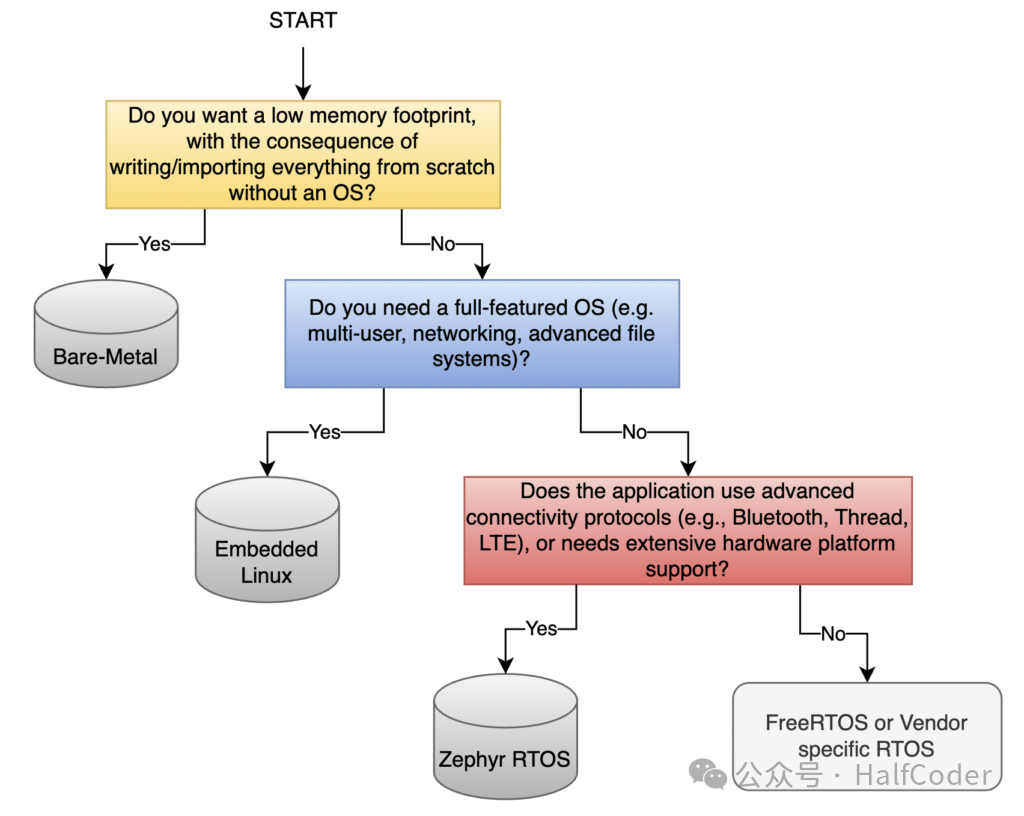
6. Schneider hiring Zephyr technical leader[22]
From the job posting, it can be inferred that Schneider is positioning Zephyr RTOS as a core technology for industrial IoT (IIoT) transformation. Its open-source nature and support from the Linux Foundation promote standardized development, helping companies reduce R&D costs. As a lightweight real-time operating system, Zephyr plays a strategic role in Schneider Electric’s development of edge computing platforms, integrating industrial device control, energy management, and AIoT applications, particularly excelling in scenarios such as smart grids and automated production lines.
Courses & Tutorials
1. Integrating Memfault into Zephyr[23]
Memfault is an IoT device diagnostics platform that provides embedded fault monitoring solutions for Zephyr RTOS. Its SDK is deeply integrated into Zephyr, collecting device crash logs, performance data, and hardware metrics in real-time, enabling remote fault diagnosis, OTA updates, and firmware rollback through cloud analysis. This integration enhances the operational capabilities of the Zephyr ecosystem, helping developers quickly locate edge device issues, improve system reliability, reduce on-site maintenance costs, and accelerate product iteration cycles.
2. Quickly setting up a Zephyr RTOS development environment on Raspberry Pi Pico 2 development board[24]
This tutorial introduces how to quickly set up a Zephyr RTOS development environment on the Raspberry Pi Pico 2 development board. The main content includes: compiling the Blink example program using the west toolchain, flashing firmware using the UF2 bootloader; achieving USB communication through CDC-ACM virtual serial port, enabling Zephyr Shell interactive features; demonstrating how to read simulated data using the sensor instruction set through a virtual sensor. The tutorial also previews how to create custom applications, connect real sensors, and display data in future installments.
3. Embedded C programming with Zephyr RTOS: Using POSIX API of embedded RTOS[25]
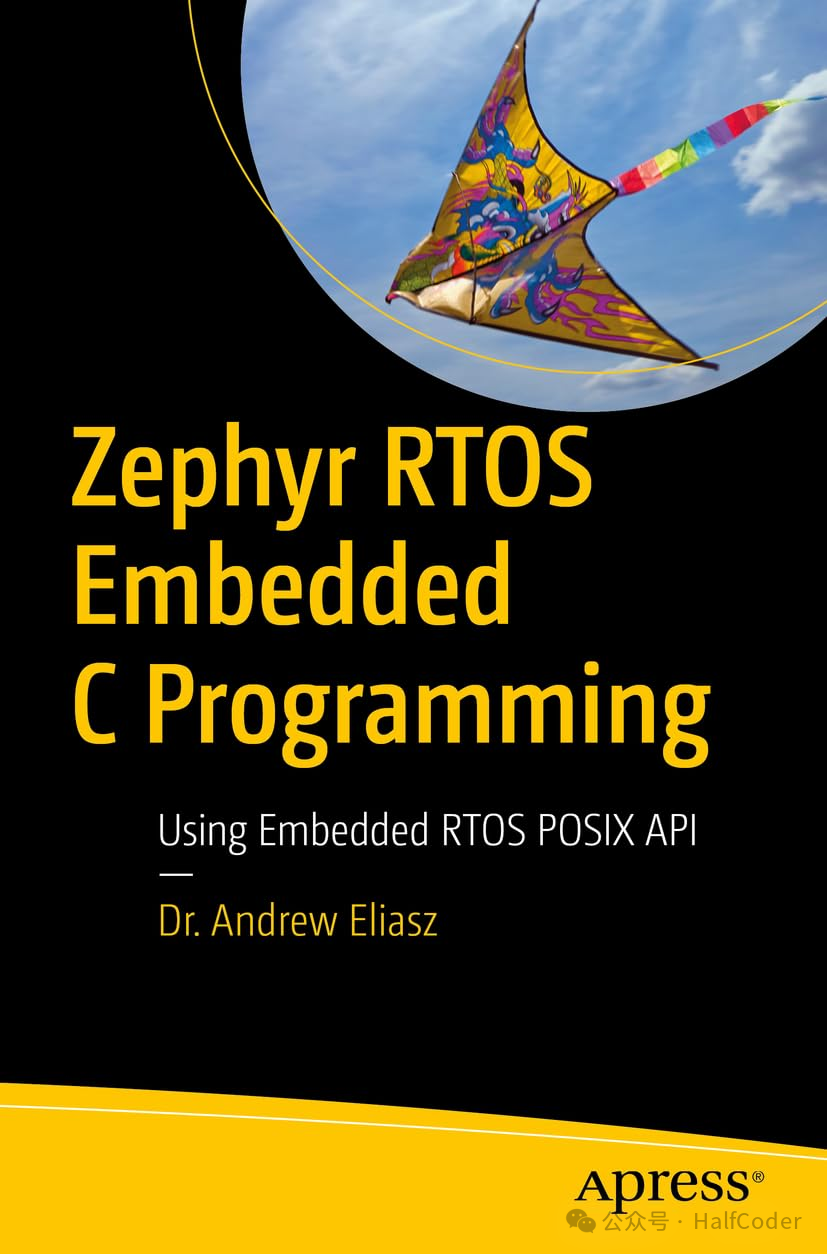
A book on Zephyr, covering the following main topics:
- Overview of Cortex-M architecture
- Advanced data structures and algorithm programming (linked lists, circular buffers, and lists)
- How to build Zephyr applications, including setting up a command-line Zephyr development environment on Linux
- Task scheduling and preemption modes in real-time operating systems
- Scheduling, interrupts, and synchronization, including threads, scheduling, and system threads.
- Overview of symmetric multiprocessing (SMP) and Zephyr’s support for SMP.
- Memory management, including memory heaps, memory blocks, and memory pools.
Technologies & Tools
1. Zephyr Workbench[26]
The Zephyr Workbench is a Visual Studio Code extension for the Zephyr project, providing a user-friendly interface and a powerful set of features. This plugin is developed by AC6 (AC6 provides comprehensive services from training to technical support and consulting, covering embedded electronic systems. Recently, development tools have been added to provide complete services to electronic developers) https://github.com/Ac6Embedded/vscode-zephyr-workbench This plugin integrates SDK management, West workspace configuration, project creation, building, flashing, and debugging directly into VS Code, eliminating much of the traditional complexity of setting up and managing Zephyr projects.
- Seamless setup
- Automatically installs native host tools (such as Python and CMake) and imports the Zephyr SDK, minimizing manual configuration
- West integration
- Organizes projects using the west workspace and provides access to necessary west commands for common operations
- Project wizard
- Provides an intuitive example-based template system for quickly creating new applications
- Build and debug
- Provides strong integration with STM32 devices, including STM32WBA, STM32L, STM32U series.
2. ESP-IDF’s ROM includes Zephyr RTOS USB protocol stack[27]
Following the widespread adoption of the Zephyr Bluetooth software stack, the USB protocol stack is also gradually being accepted by other projects.
3. How to implement web applications in Zephyr[28]
This article discusses the challenges and solutions of developing web applications on MCU devices with Zephyr RTOS. After comparing various front-end frameworks, the author recommends using the Elm language: its compiled code size is small (suitable for Flash storage limitations), its pure functional characteristics ensure stability (almost no runtime errors), and its toolchain is mature (such as elm-ui simplifying CSS layout). Compared to traditional JS frameworks (React/Vue, etc.), Elm avoids bloated NPM dependencies and JS crash issues; while htmx/Svelte, though lightweight, still have backend rendering dependencies or inherent JS risks. Based on practical experience with the Simple IoT project, the author verifies that Elm can achieve a highly reliable and maintainable SPA architecture in resource-constrained devices, especially suitable for embedded scenarios requiring long-term stable operation.
4. Comparison and selection of mainstream RTOS[29]
This article compares mainstream real-time operating systems (RTOS) in 2025: FreeRTOS (lightweight, MIT licensed, suitable for microcontrollers), Zephyr (modular, multi-architecture support, focused on IoT security), ThreadX (Microsoft Azure integration, commercially stable), and Mbed OS (educational prototype development, gradually phasing out). Core evaluation metrics include real-time performance, licensing, memory usage, and ecosystem compatibility. Trends point to enhanced security, AI edge computing, and RISC-V architecture support. Experts recommend choosing based on project cycle, certification requirements, and cloud service integration, emphasizing real-world scenario testing to avoid technology lock-in.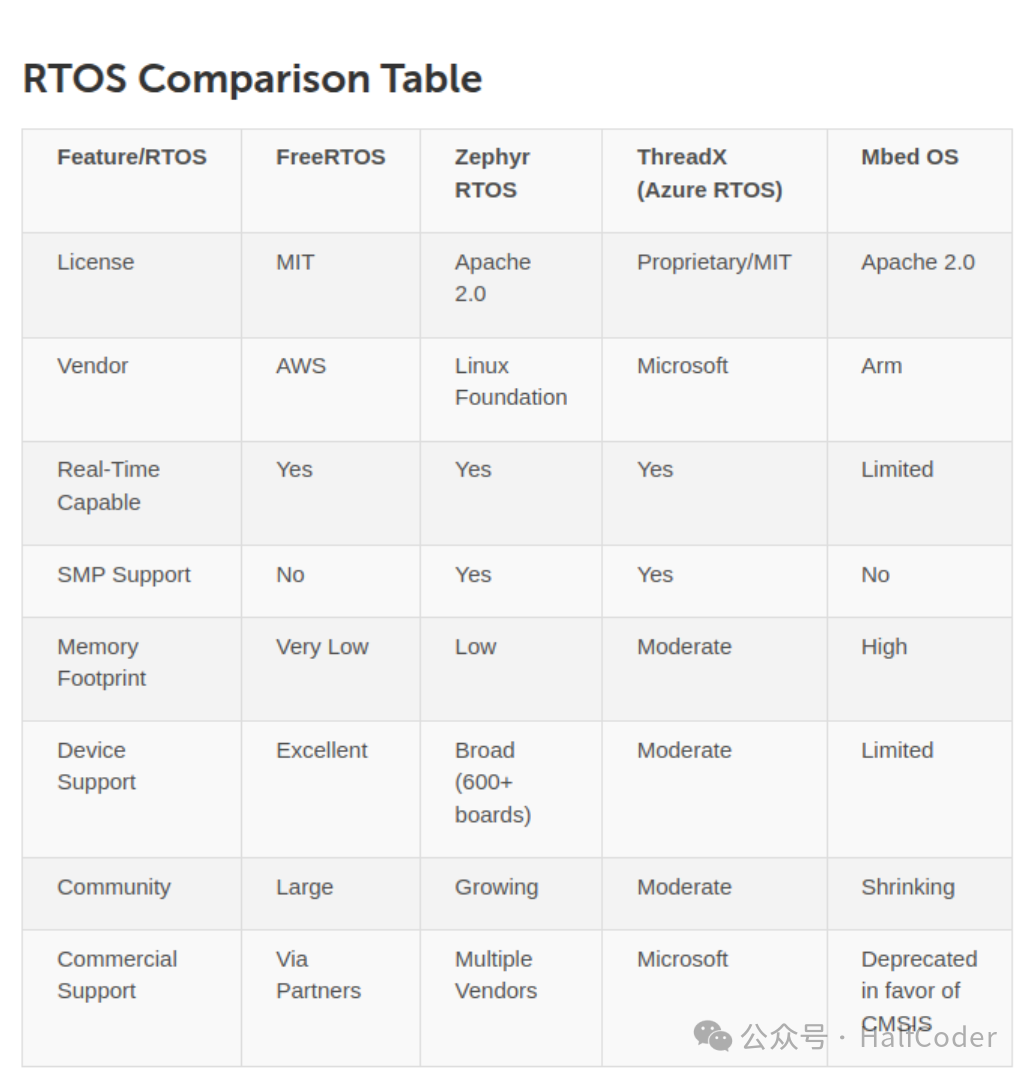
Zephyr Monthly Knowledge
1. By adding <span>west build -t ram_report</span> and <span>west build -t rom_report</span>, you can obtain the memory usage of different files in the Zephyr image, which can guide how to reduce the size of Zephyr.
References
[1]
lgl88911/Zephyr_Fans_Monthly: https://github.com/lgl88911/Zephyr_Fans_Monthly
[2]
Next-generation USB in 4.2.0: https://github.com/zephyrproject-rtos/zephyr/issues/42066
[3]
Long-term plan for unified prefix public API: https://github.com/zephyrproject-rtos/zephyr/issues/64627
[4]
Adding DALI driver to Zephyr: https://github.com/zephyrproject-rtos/zephyr/pull/88128
[5]
Adding support for Renesas devices with renesas_elc driver: https://github.com/zephyrproject-rtos/zephyr/pull/88141
[6]
Deprecating blocking read sensor API: https://github.com/zephyrproject-rtos/zephyr/issues/70651
[7]
Adding Silicon Labs packet tracking interface driver: https://github.com/zephyrproject-rtos/zephyr/pull/88035
[8]
Renesas RX Zephyr architecture support: https://github.com/zephyrproject-rtos/zephyr/pull/81507
[9]
HWM2: Extending to include SiP support: https://github.com/zephyrproject-rtos/zephyr/pull/84107
[10]
Zephyr Architecture Dashboard: https://github.com/orgs/zephyrproject-rtos/projects/35
[11]
Highlights from the 2025 Zephyr Meetup in Shanghai: https://zephyrproject.org/recap-blog-zephyr-project-meetup-shanghai-china-march-28-2025/
[12]
Zephyr Project event information at Linaro Connect 2025: https://www.zephyrproject.org/event/zephyr-project-at-the-linaro-connect-2025/?utm_campaign=Zephyr%20Event&utm_content=329063457&utm_medium=social&utm_source=twitter&hss_channel=tw-4889353644
[13]
2025 North America Open Source Summit Zephyr project schedule: https://zephyrproject.org/schedule-for-zephyr-track-at-the-open-source-summit-2025-north-america-is-now-live/?utm_campaign=Zephyr%20Blog&utm_content=330425746&utm_medium=social&utm_source=twitter&hss_channel=tw-4889353644
[14]
3.28: https://zephyrproject.org/zephyr-weekly-update-mar-28-2025/
[15]
4.11: https://zephyrproject.org/zephyr-weekly-update-apr-11-2025/
[16]
4.18: https://zephyrproject.org/zephyr-weekly-update-packet-filtering-uuids-more/
[17]
Generating AutoML-based models for the Zephyr platform under the Kenning framework: https://zephyrproject.org/generating-automl-based-models-for-zephyr-platforms-in-kenning/
[18]
Testing NXP S32K automotive general-purpose microcontroller with Zephyr RTOS in the Renode simulator: https://zephyrproject.org/testing-nxp-s32k-automotive-general-purpose-mcu-in-renode-simulation-with-zephyr-rtos/
[19]
Electronic modifications of the BMW E30 model: https://hobby.farit.ru/
[20]
Experiences of beginner developers using Zephyr on Reddit: https://www.reddit.com/r/embedded/comments/1k1qlq0/zephyr_6_months_experience/
[21]
Zephyr RTOS and its impact on the Internet of Things: https://emlogic.no/2025/04/zephyr-rtos-and-its-impact-on-iot/
[22]
Schneider hiring Zephyr technical leader: https://www.simplyhired.es/job/Gkxliyj8txZvhZKoF9ZvSMVEnvcXT2V-f7-7X9OSfb0Q_va-qOKJNA
[23]
Integrating Memfault into Zephyr: https://docs.memfault.com/docs/mcu/zephyr-guide
[24]
Quickly setting up a Zephyr RTOS development environment on Raspberry Pi Pico 2 development board: https://www.hackster.io/cdwilson/zephyr-rtos-on-raspberry-pi-pico-2-part-1-cf39f0
[25]
Embedded C programming with Zephyr RTOS: Using POSIX API of embedded RTOS: https://www.amazon.com/-/es/Zephyr-RTOS-Embedded-Programming-Using/dp/B0CMZ4FSCJ
[26]
Zephyr Workbench: https://zephyr-workbench.com/
[27]
ESP-IDF’s ROM includes Zephyr RTOS USB protocol stack: https://docs.espressif.com/projects/esp-idf/zh_CN/v5.4-rc1/esp32p4/COPYRIGHT.html
[28]
How to implement web applications in Zephyr: https://bec-systems.com/2420/how-to-implement-zephyr-web-applications/
[29]
Comparison and selection of mainstream RTOS: https://promwad.com/news/choosing-rtos-freertos-zephyr-threadx-comparison